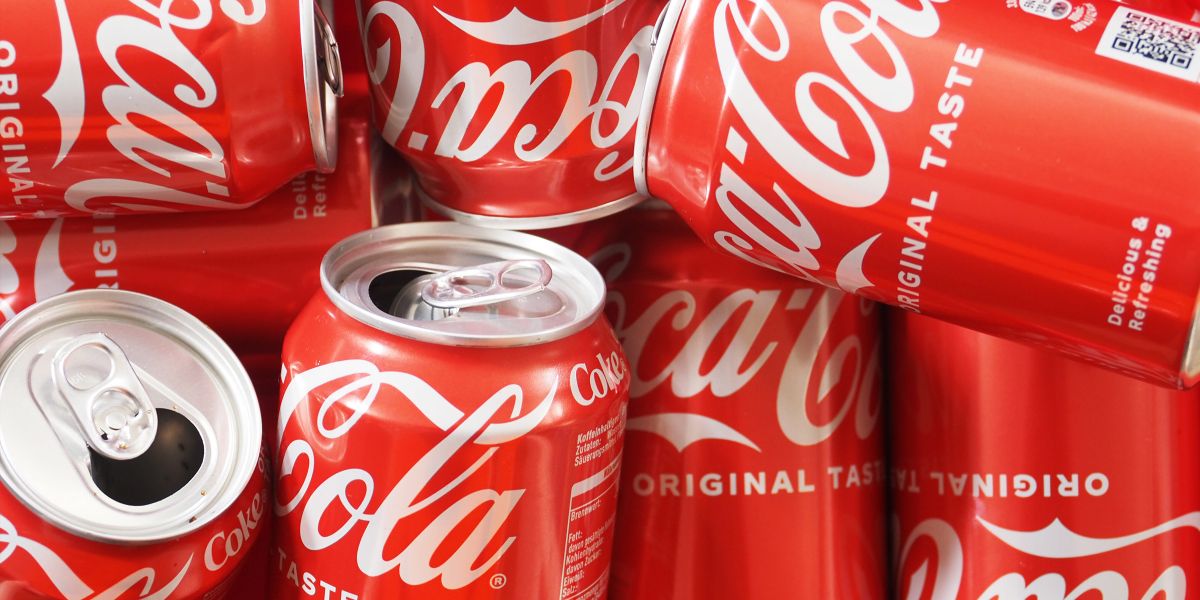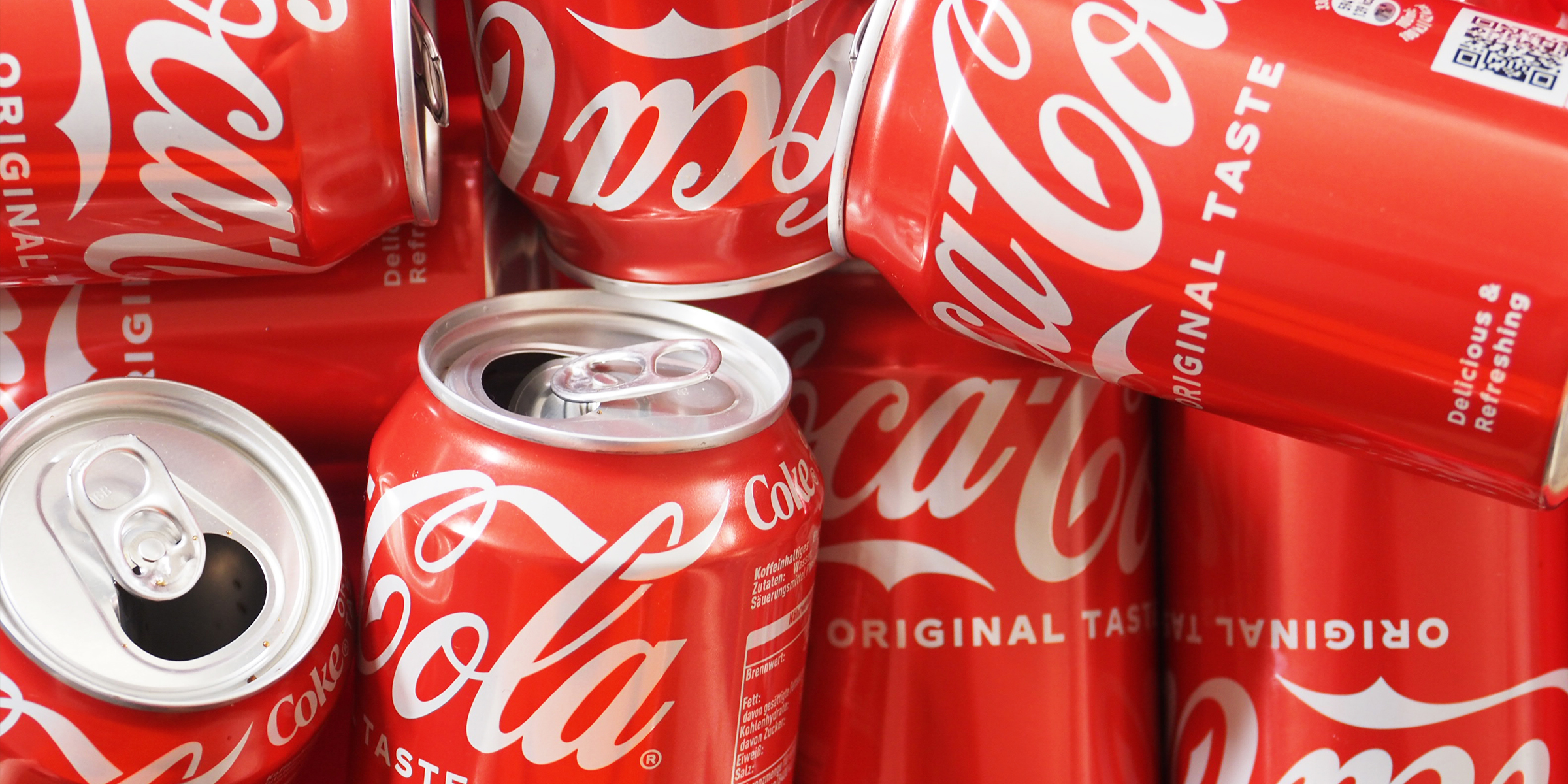
FDA Announces Coca-Cola Recall in 2 States – Details
America’s favorite soft drink is now at the center of a frightening food safety scare after something deeply disturbing was found inside select cans of Coca-Cola—prompting a federal recall and urgent consumer warnings.
At the start of
March 2025
, the
Food and Drug Administration (FDA)
revealed that
Coca-Cola
had begun
recalling some of its products
after a
shocking discovery
inside select cans left officials no choice.
According to the FDA’s website, the
ongoing recall
was
officially initiated on March 3, 2025
, after a
plastic foreign object
was found in cans of
Coca-Cola Original Taste
—the company’s flagship product.

Coca-Cola bottles and cans on display inside an Auchan supermarket in Paris, France, on January 29, 2025 | Source: Getty Images
The
voluntary recall
affects cans
distributed in Illinois and Wisconsin
, specifically the
12 fl oz (355 ml)
Coca-Cola Original Taste. The
UPC for individual cans is 0 49000-00634 6
, and for
12-can packs, 0 49000-02890 4
.
The
recall number is F-0664-2025
identifies the contaminated batch, which carries the
date code SEP2925MDA
and a
time stamp between 1100 and 1253
. In total,
864 twelve-count packs
were pulled from distribution by the
Reyes Coca-Cola Bottling Company
in
Milwaukee, Wisconsin
.
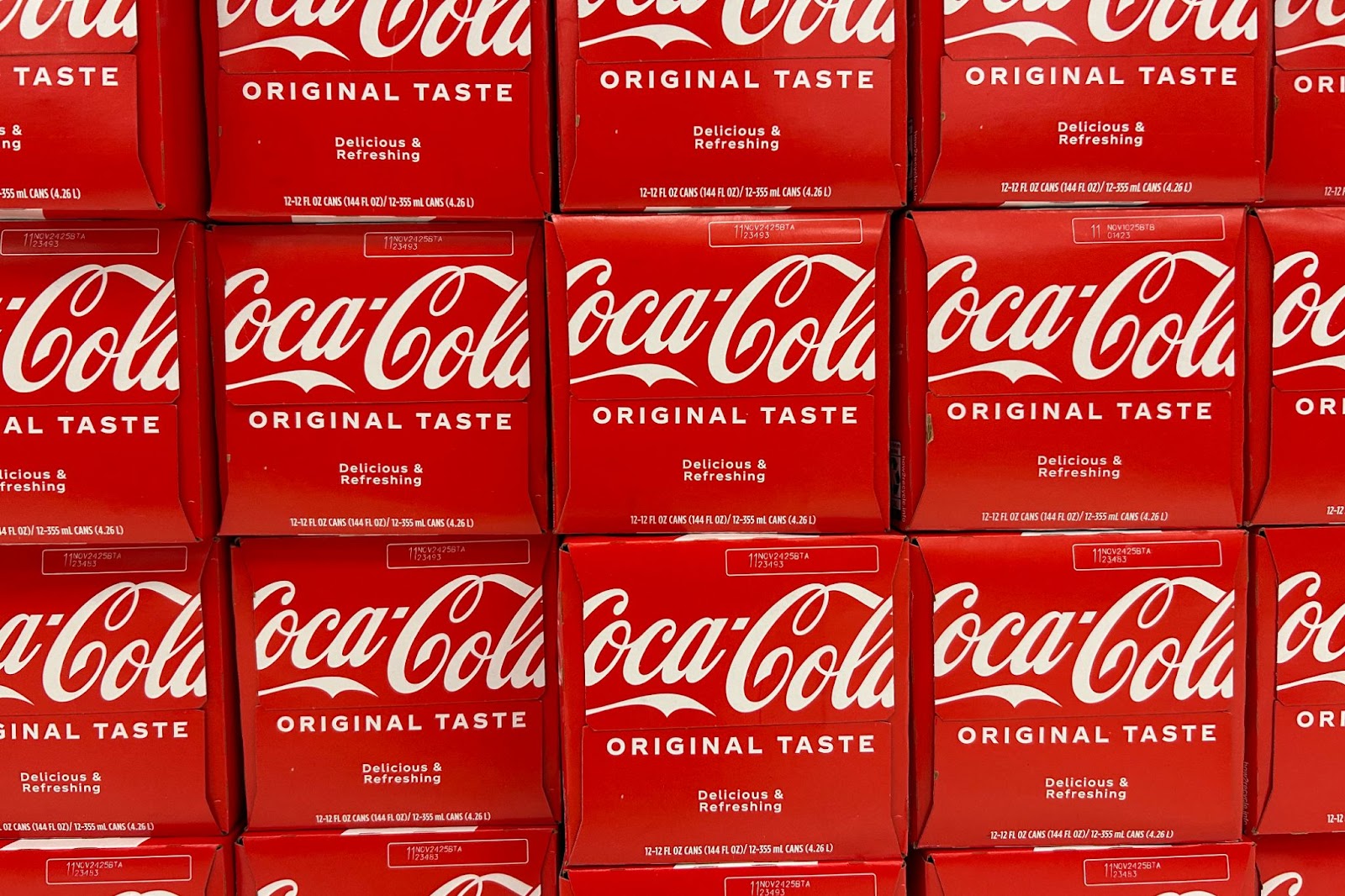
Twelve-pack cases of canned Coca-Cola sit on the shelf at a store in Stevensville, Maryland, on March 25, 2025 | Source: Getty Images
And while some may dismiss the object as minor, the FDA
issued
a stark warning that
“hard or sharp foreign objects in food may cause traumatic injury.”
The agency
explained
that injuries could include
“lacerations and perforations of tissues in the mouth, tongue, throat, stomach, and intestine.”
It also cautioned that such objects may cause
damage to teeth and gums
, especially if swallowed unknowingly.
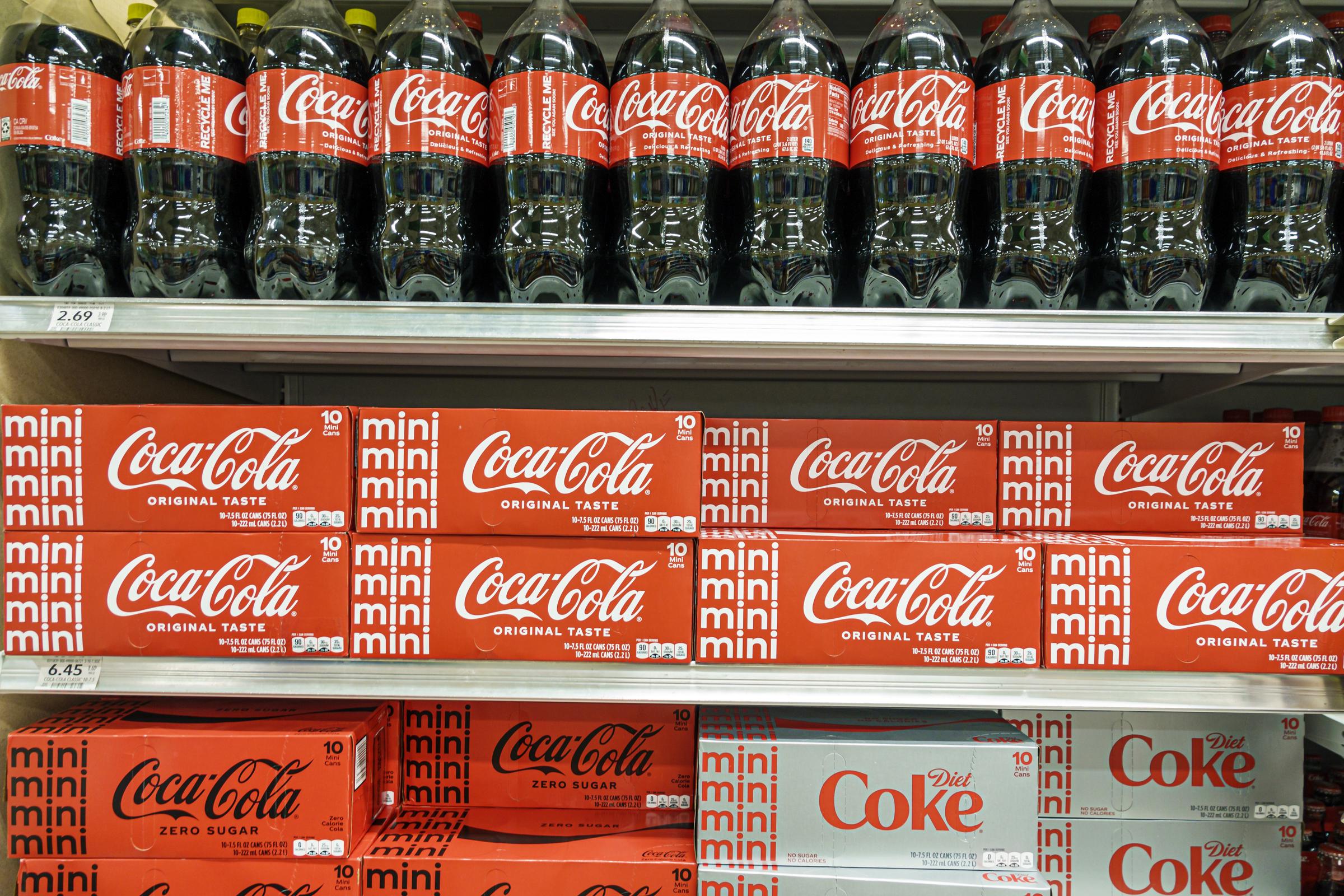
Coca-Cola products on display in mini and large sizes at a Publix grocery store in Miami Beach, Florida, on May 5, 2022 | Source: Getty Images
Dr.
Mark Fischer
, regional medical director at
International SOS
, underlined the severity of such contaminations,
saying
,
“It can be dangerous to consume metals or other foreign objects found in food.”
He
continued:
“If the metal is sharp, it can cause cuts or internal injury and may need to be removed via a surgical procedure. If you swallow any foreign objects, it’s best to consult a healthcare professional.”
The FDA has classified this as a
Class II recall
, which it
defines
as
“a situation in which use of or exposure to a violative product may cause temporary or medically reversible adverse health consequences or where the probability of serious adverse health consequences is remote.”
As the controversy swelled,
Reyes Coca-Cola Bottling
broke its silence with a
damage-control statement
aimed at reassuring shaken consumers.
“The cases are being withdrawn because they did not meet our high-quality standards,”
the company
said
in a public statement.
“We are taking this voluntary action because nothing is more important to us than providing high-quality products to the people who drink our beverages.”
But the
Coca-Cola scare
is far from an isolated incident. According to
Fischer
, the trend is
deeply troubling
—and
worsening by the year
. ”
Recalls have been on the rise over the past couple of years,”
he
warned
.
He pointed to a
disturbing pattern
involving
contaminated carrots, cucumbers, and deli meats
, all recalled in recent months for dangerous pathogens such as
E. coli
,
listeria
, and
salmonella
.
Dr. Fischer
continued
:
“It’s recommended that consumers ensure they are keeping up to date with news regarding recalls… Staying informed when purchasing food items is the best way to prevent foodborne illness.”
Fischer’s warning proved prophetic
—just days later, a major recall struck the meat aisle.
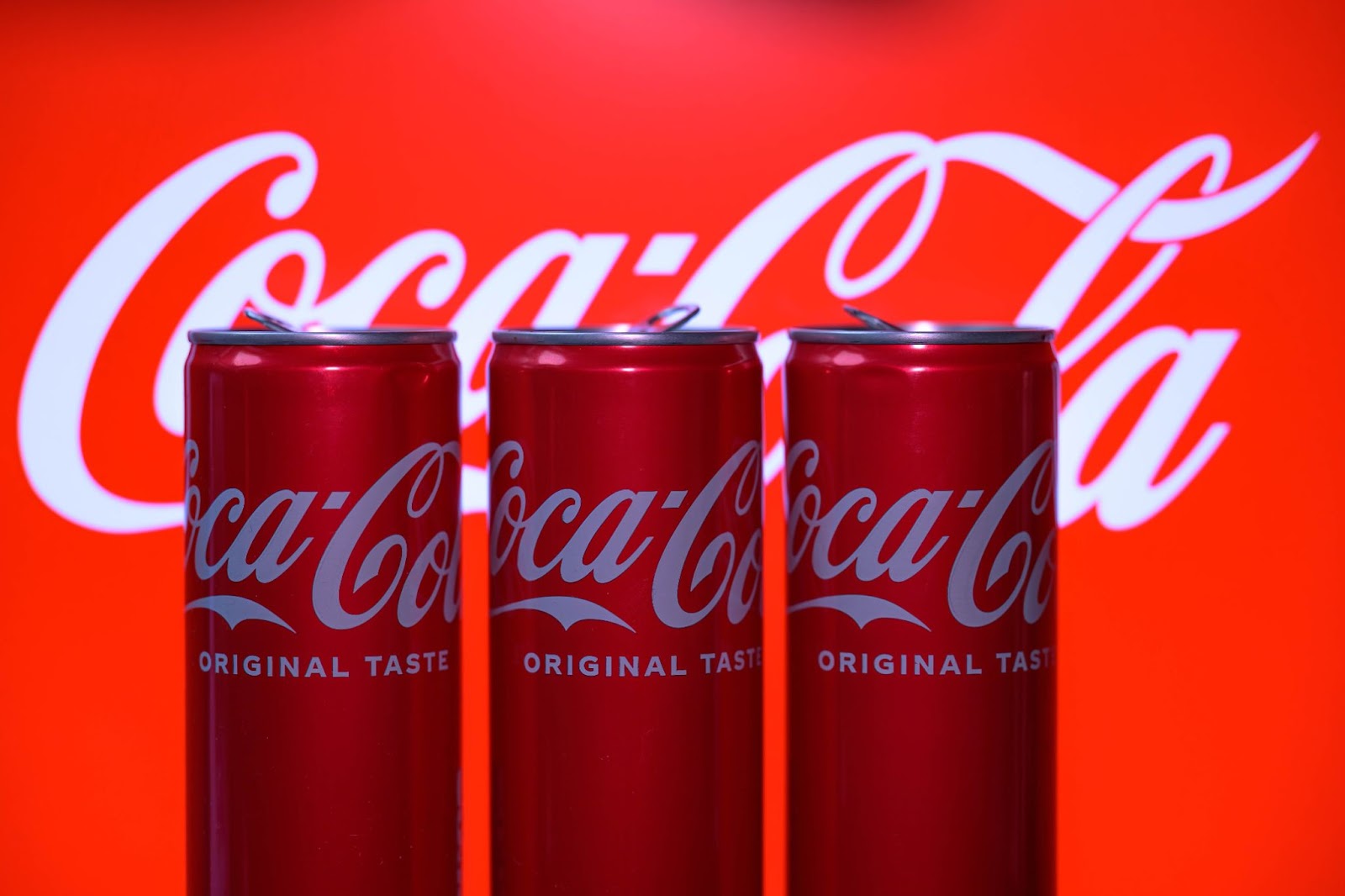
Coca-Cola cans on display with the brand’s logo visible in the background in the photo taken in Brussels, Belgium, on March 2, 2024 | Source: Getty Images
Metal in Meat Sticks? Over 29,000 Pounds of Beef Yanked from Shelves in Contamination Scare
On
March 20, 2025
,
Idaho Smokehouse Partners, LLC
issued a
recall of approximately 29,541 pounds
of
ready-to-eat beef stick products
due to
possible contamination with metal
.
The products in question were manufactured between
January 13 and January 15, 2025
, and distributed to
retailers in California and Illinois
.
The
Department of Agriculture’s Food Safety and Inspection Service (FSIS)
stepped in immediately, confirming that the
affected product
is:
1.15-oz vacuum-sealed packages
of
“CHOMPS ORIGINAL BEEF STICK MILD,” m
arked with an
expiration date of 02-10-2026, b
earing
lot code 25016,
and stamped with establishment number
“6220A”
, ink-jetted directly onto the packaging.
Following the startling beef stick recall,
Chomps
confirmed it had launched an
internal investigation
after receiving
two alarming consumer complaints
.
The reports involved the
possible presence of metal fragments
in the company’s popular snack product—an unsettling revelation that prompted the company to act swiftly. “Our consumers are, and always will be, our number one priority,” the brand
declared
.
So far,
no injuries or adverse reactions had been reported
, but the company wasn’t taking chances. The recall was
initiated as a precaution
, aiming to get ahead of a growing crisis of consumer confidence.
As scrutiny intensified,
Coca-Cola
, the
FDA
,
Chomps
, and the
FSIS
all confirmed they were
continuing to monitor
the situation. Officials urged shoppers to
double-check their pantries
and stay vigilant by
following official recall updates
.
Walmart Chicken Broth Pulled from Shelves in 9 States over Spoilage Risk—2,000+ Cases Recalled as Sterility Issue Sparks Alarm
As previously reported, a
t the
beginning of the year
, yet another
consumer nightmare
emerged—this time involving a
household kitchen staple
.
The
FDA alerted the public
to a
recall
of over 2,000 cases of
chicken broth
sold under Walmart’s
Great Value
label after a
serious packaging defect
raised red flags about
possible spoilage
.

Shoppers at Walmart | Source: Getty Images
The product?
Great Value Chicken Broth, 48 oz. aseptic paper cartons
, shipped in cases of six, with
120 cases per pallet
. The recall affected cartons marked with a
“Best Used By” date of March 25, 2026
,
lot code 98F09234
, and the following
UPCs
:
007874206684
(retail unit)
078742066844
(case)
The FDA enforcement report
stated
the cause as
“Potential for packaging failures that could compromise the sterility of the product, resulting in spoilage.”
The recall was
voluntarily initiated
by Tree House Foods Inc.
on
December 11, 2024
, after the company
distributed 2,023 cases
to
242 Walmart stores across nine states
, including
Alabama, Arkansas, Georgia, Louisiana, Missouri, Mississippi, Oklahoma, Tennessee, and Texas
.
Tree House Foods
notified retailers by phone
, but notably, the company has
not issued a press release
, and the
recall remains ongoing
.
Walmart, for its part, responded quickly, reportedly removing all affected broth from shelves as soon as the issue came to light.
In a statement to USA Today, the retail giant
said,
“The health and safety of our customers is always a top priority.”
And they
continued
,
“As soon as we were made aware of the issue, we took action to remove all impacted (products) from … select, impacted stores. We are continuing to work with the supplier to investigate.”

Shoppers looking for products inside Walmart | Source: Getty Images
After urging customers to
immediately discard
the recalled chicken broth and seek
full refunds
, Walmart found itself once again caught in the FDA’s spotlight—this time, for something even more alarming.
This wasn’t the first time a
Great Value product
raised red flags.
Toxic Twist: Great Value Apple Juice Recalled over Arsenic Fears—Thousands of Bottles Sold Across 25 States and Puerto Rico
In
August 2024
,
Great Value 100% Apple Juice
, sold in
8-ounce plastic bottles in six-packs
, was pulled from shelves after testing revealed a
toxic contaminant
:
inorganic arsenic
.
This is not the first time a Great Value product has faced an FDA recall. Last year,
Great Value 100% Apple Juice
, sold in 8-ounce plastic bottles in six-packs, was recalled
because
the “Product contains inorganic arsenic above action level set in industry guidance (13.2ppb).”
According to the FDA
, the juice
“contains inorganic arsenic above action level set in industry guidance (13.2ppb).”
The
voluntary recall
was
initiated
by
Refresco Beverages US Inc.
on
August 23, 2024
, and classified as a
Class II recall
. It affected
9,535 cases
distributed to
25 states
, including
Alabama, Florida, New York
, and even
Puerto Rico
.
On
September 13, 2024
, the company issued a carefully worded statement,
explaining
the move was made
“out of an abundance of caution.”
Refresco stated that it
became aware
that certain lots of their apple juice—made with
supplier-provided concentrate
—contained
arsenic levels
that slightly exceeded the FDA’s
10 parts per billion (ppb) threshold
.
The company reassured consumers that
no incidents
had been reported
, and encouraged the public to
check the FDA’s recall list
for product specifics.
The
affected juice
,
labeled
with a
“Best if Used by DEC2824 CT89-6”
code, remains under
ongoing recall
—yet another reminder of how
danger can hide in even the most innocent of grocery items.
Just weeks before the holidays, another
major brand
was forced to pull products off shelves—this time after a
consumer sounded the alarm
about a
hidden allergen
in a beloved American snack.
Allergy Time Bomb in Your Snack Aisle: Lay’s Classic Chips Recalled over Undeclared Milk—Frito-Lay Under Fire After Consumer Alert
On
December 16, 2024
,
Frito-Lay
published a
bulletin
announcing the
recall of select 13 oz. bags
of
Lay’s Classic Potato Chips
. The issue?
Undeclared milk
—a
potentially life-threatening ingredient
for those with
milk allergies or sensitivities
.

A photo of a bag of opened Lay’s Classic chips taken in Tiskilwa, Illinois on April 17, 2019 | Source: Getty Images
The company revealed that the
recalled chips
had been distributed to
retail and e-commerce locations in Oregon and Washington
, and may have been purchased as early as
November 3, 2024
.
Though
no allergic reactions had been reported
at the time of the announcement, Frito-Lay issued a
stern warning
to consumers to check their bags for the following identifiers:
“Guaranteed Fresh” date of February 11, 2025
UPC: 28400 31041
Manufacturing codes: 6462307xx or 6463307xx
Those with milk allergies were advised to
discard the product immediately
.
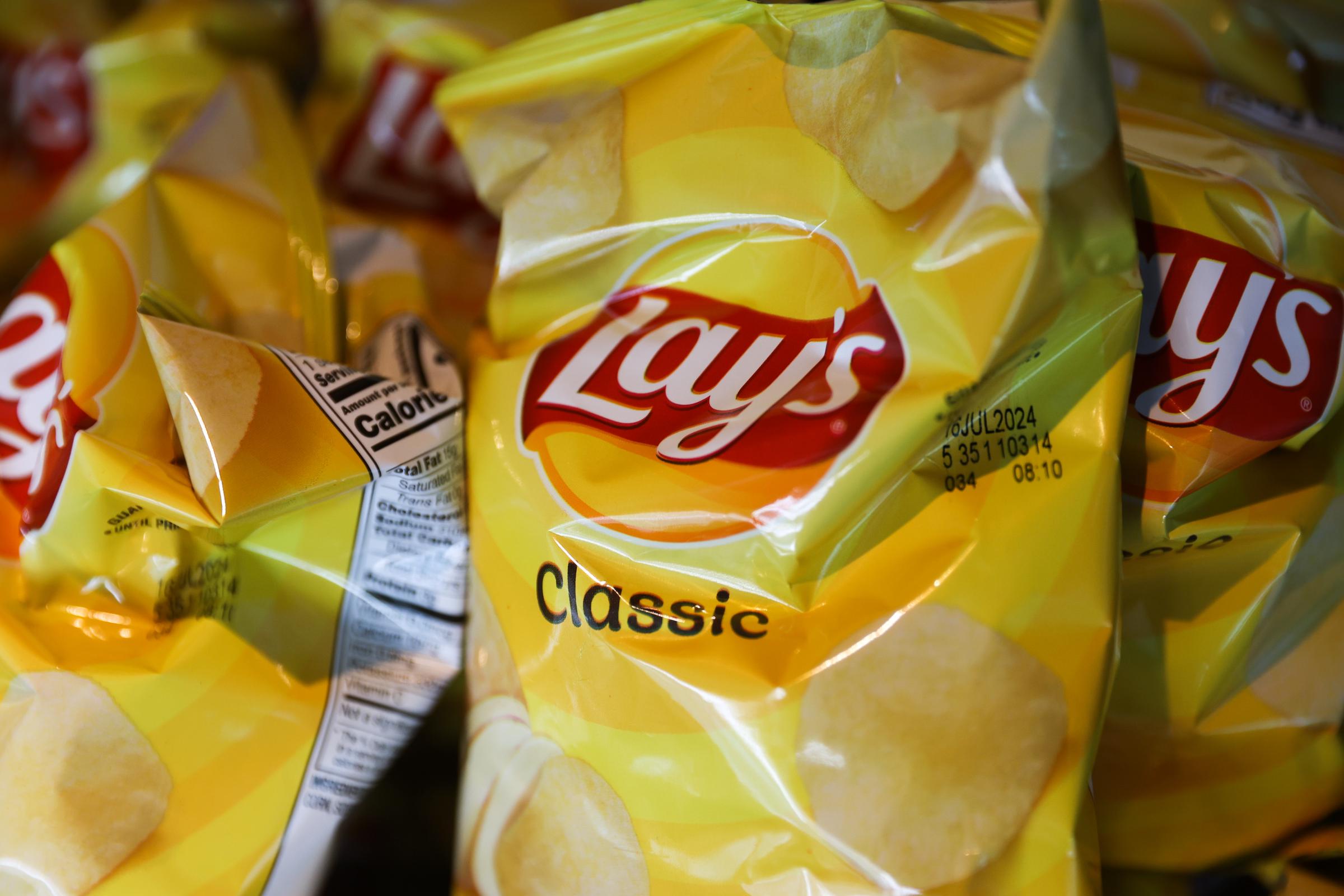
A photo of Lay’s Classic chips taken in Miami, Florida on May 2, 2024 | Source: Getty Images
In a
statement to Newsweek
, a
Frito-Lay spokesperson
confirmed the details and attempted to reassure the public. The representative emphasized the company’s
“commitment to transparency and consumer safety.”
They further clarified that
“No other Lay’s products — including flavors, sizes, or variety packs — were involved in the recall.”
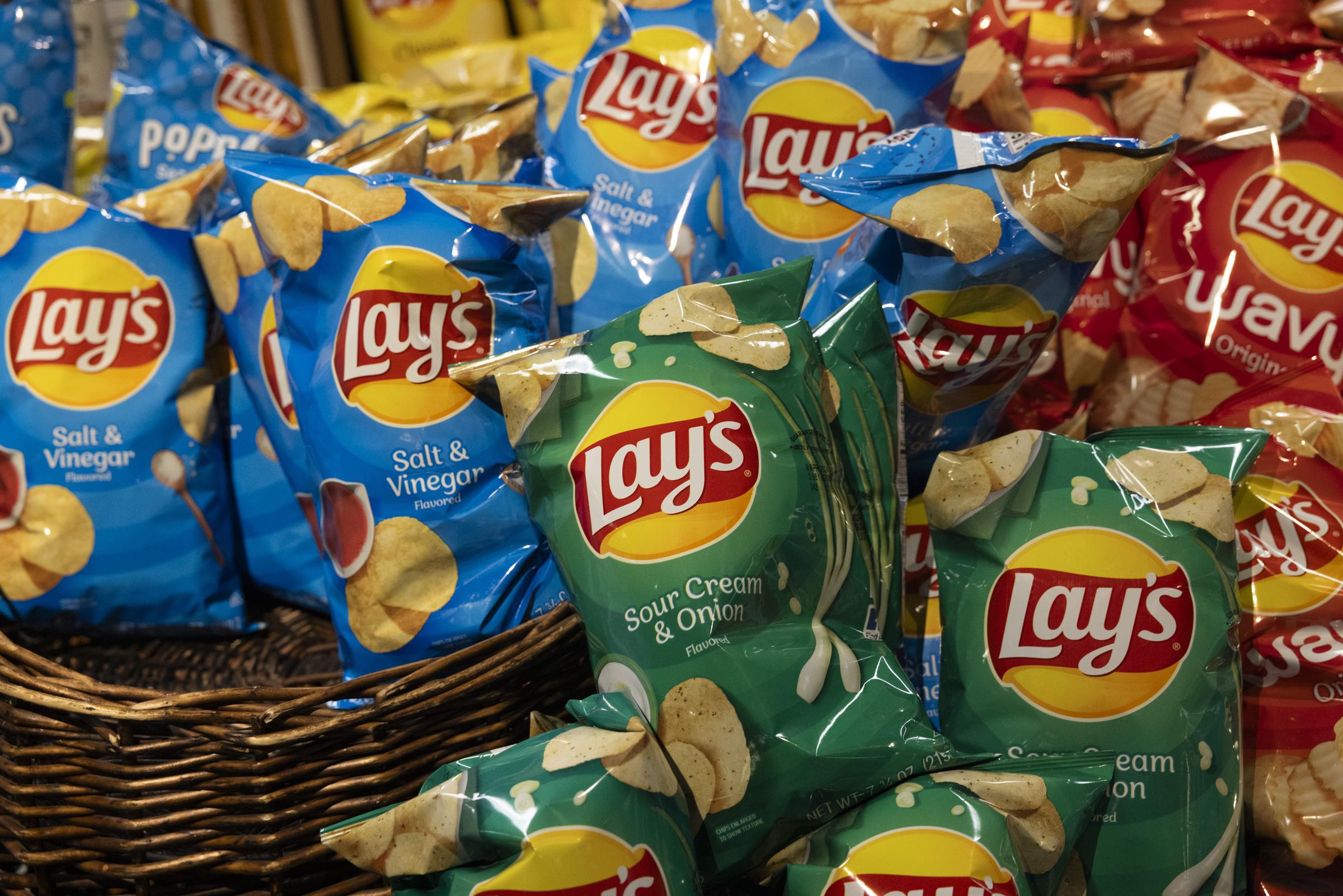
A photo showing a variety of Lay’s chips in a supermarket in Latham, New York on February 2, 2024 | Source: Getty Images
To widen public awareness, the
FDA
re-published the recall notice
on its official website
two days later
, amplifying the message for at-risk consumers and allergy sufferers.
Frito-Lay also announced that
affected customers
can contact the company directly for support:
Frito-Lay Consumer Relations
: 1-800-352-4477
Available during
regular business hours
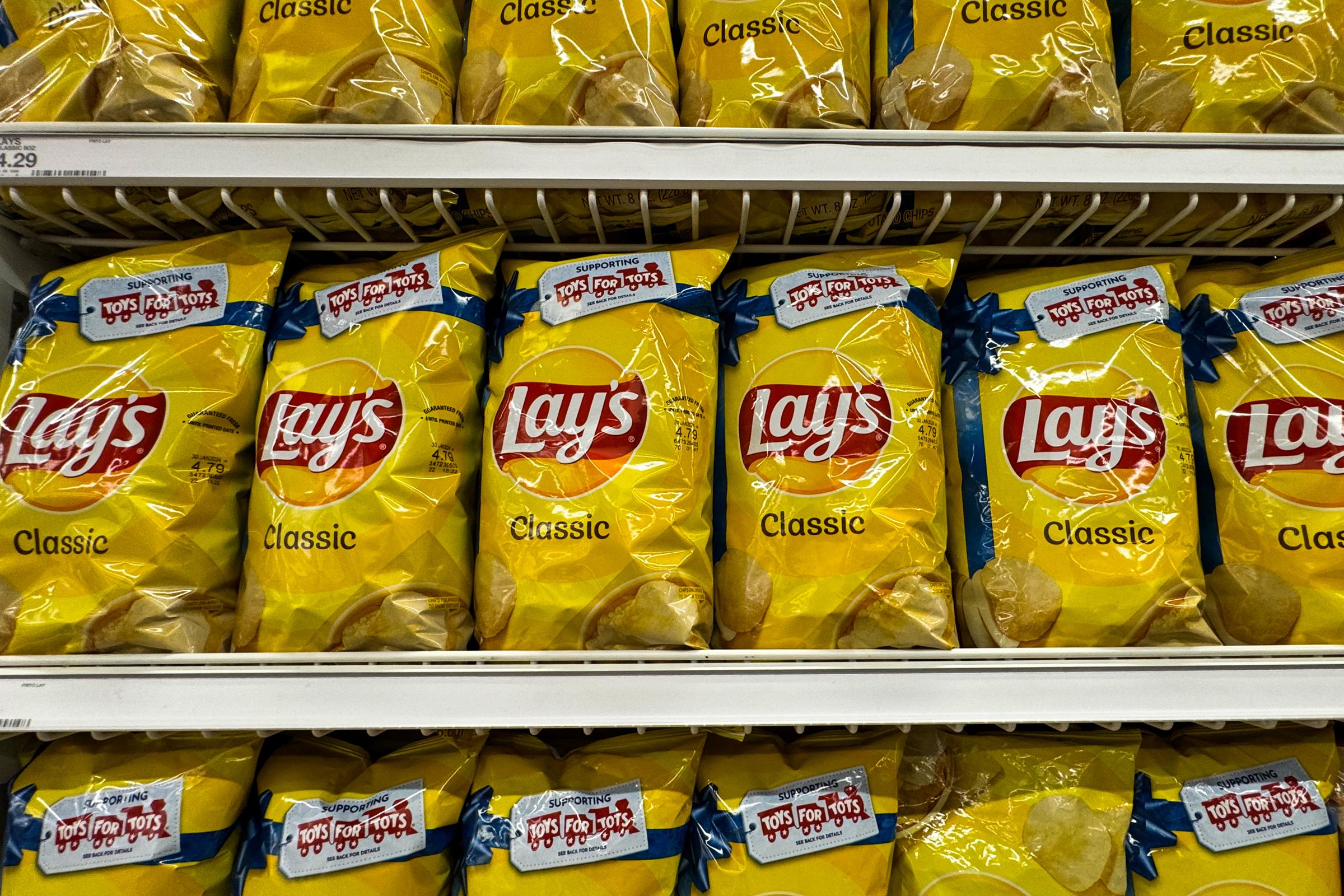
Bags of Lay’s Classic chips in a grocery store in Las Vegas, Nevada on November 17, 2023 | Source: Getty Images
As the Lay’s chip recall raises alarms over
undeclared milk
, experts are emphasizing just how
dangerous a milk allergy can truly be—especially for children.
Not Just a Tummy Ache: Mayo Clinic Warns Milk Allergies Can Cause Hives, Seizures—Even Life-Threatening Anaphylaxis
According to the
Mayo Clinic
,
milk allergy
is one of the
most common food allergies in children
, triggered by an
abnormal immune system response
to proteins found in milk.
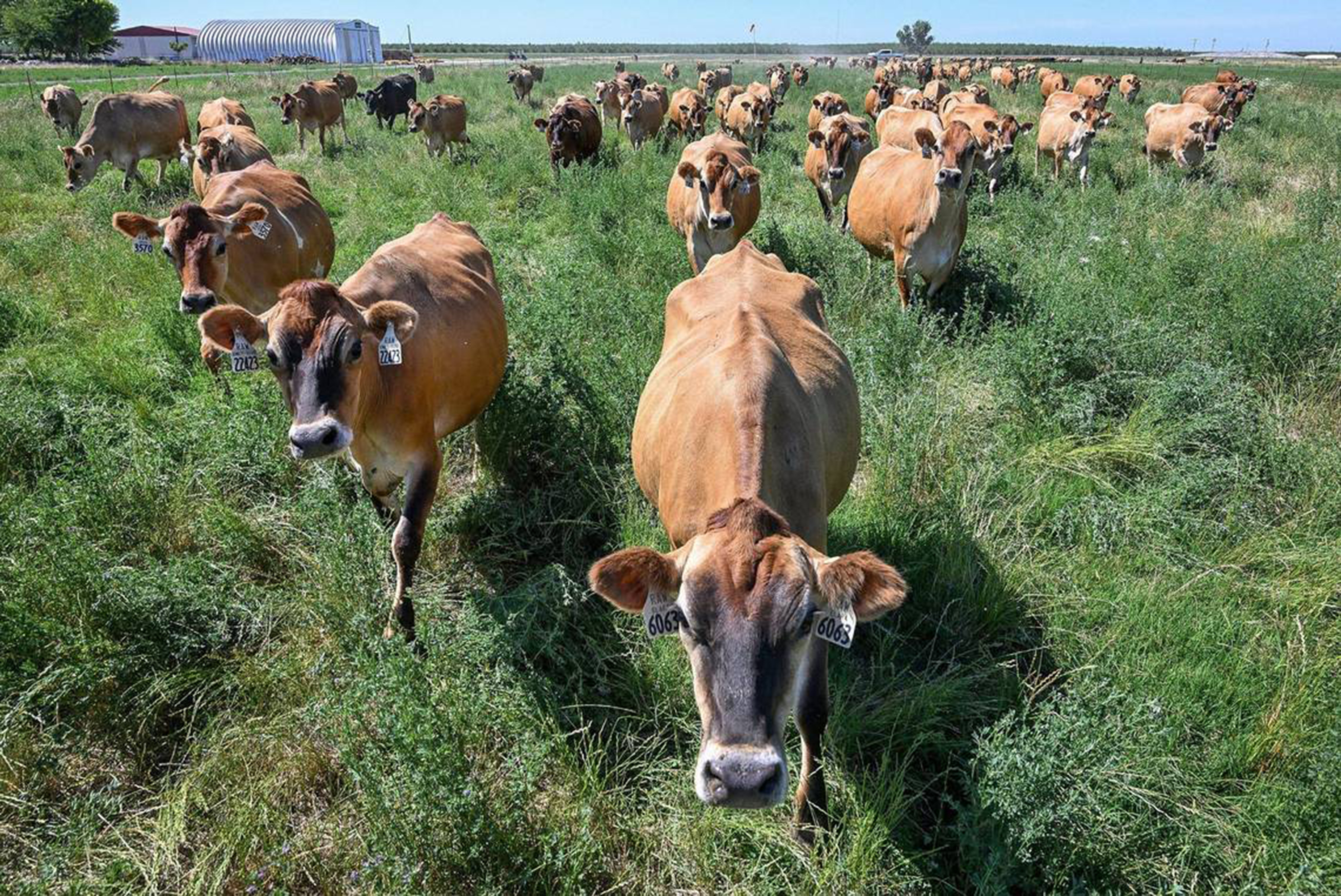
Jersey cows in a field located in Fresno, California on June 14, 2024 | Source: Getty Images
While
cow’s milk
causes most reactions, the Mayo Clinic warns that
milk from sheep, goats, and buffalo
can also
set off the body’s defenses
. Why? Because the immune system mistakenly sees certain proteins—like
casein
(from the curd) and
whey
(from the liquid)—as
harmful invaders
.
That mistake can unleash a
storm of histamines
and other chemicals in the body, causing symptoms that range from mild to
terrifyingly severe
.
The Mayo Clinic
cautions that symptoms
can appear within minutes or take hours to manifest
. Immediate reactions may include
hives, swelling of the lips or throat, wheezing or coughing, vomiting,
or an
itchy, tingling sensation around the mouth.
But the danger doesn’t stop there. Delayed reactions can hit even harder, presenting as l
oose stools, painful abdominal cramps, colic in infants,
or respiratory problems like a
runny nose
and
watery eyes.
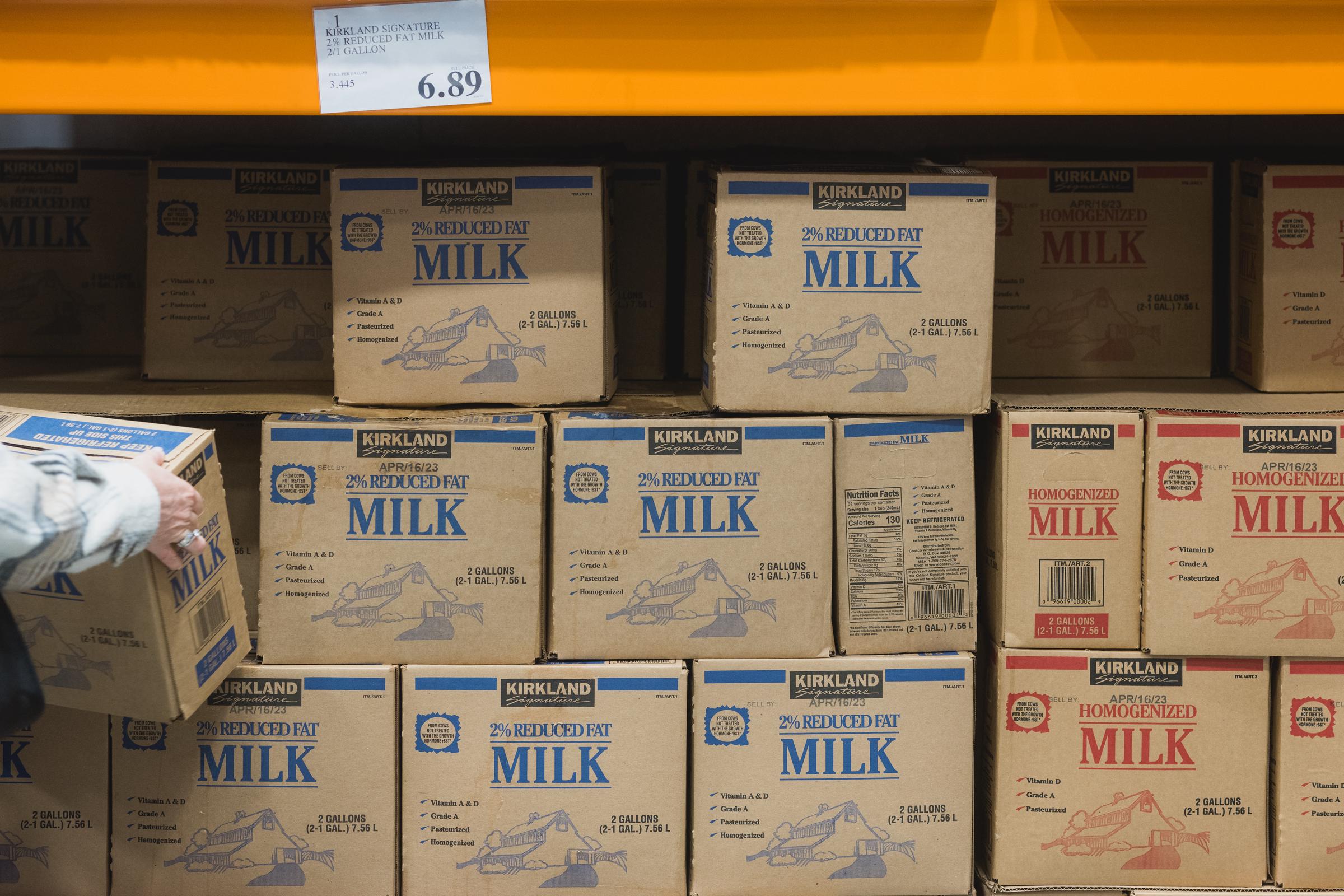
Boxes of milk at a Costco Wholesale store in Kyle, Texas on March 30, 2023 | Source: Getty Images
In the
most severe cases
, a milk allergy can
trigger anaphylaxis
—a
life-threatening medical emergency
that narrows airways and makes breathing
almost impossible
. Symptoms of anaphylaxis include a
swollen throat, a
sharp drop in blood pressure, facial flushing,
and even
full-body shock.
The Mayo Clinic stresses that in such cases,
immediate treatment with an epinephrine injection
is critical—followed by a
rushed trip to the emergency room.
While many people toss around the term “milk allergy,” experts warn that not all dairy-related issues are the same—and
confusing them could prove dangerous.
It’s critical, the Mayo Clinic says, to distinguish a
true milk allergy
from
lactose intolerance
or
milk protein intolerance
, because the
underlying causes and risks are fundamentally different
.
Unlike a milk allergy, which involves the
immune system going into attack mode
,
lactose intolerance
is a
digestive issue
. It’s caused by the body’s inability to break down
lactose
, a sugar found in milk.
Common symptoms like
bloating, gas, and diarrhea
may be uncomfortable—but they’re rarely life-threatening. In contrast, a
milk allergy can trigger hives, respiratory issues, and even anaphylactic shock
.
Several factors can make a child
more likely to develop a milk allergy
, including a history of
atopic dermatitis
—a
chronic inflammatory skin condition
that increases food allergy risk.
The risk also spikes if there’s a
family history of allergies
, including
asthma, hay fever, or eczema
.
There’s no cure for a milk allergy, so the
only treatment is strict avoidance
—which is often easier said than done.
Milk proteins hide in plain sight
, sneaking into
processed foods, baked goods, candy,
and even
products labeled “non-dairy.”
To stay safe, shoppers are urged to
read labels carefully
, watching for
trigger words
like
“Casein,” “Whey,”
or anything starting with
“lact-”
(such as
lactose
,
lactate
, or
lactic acid
).
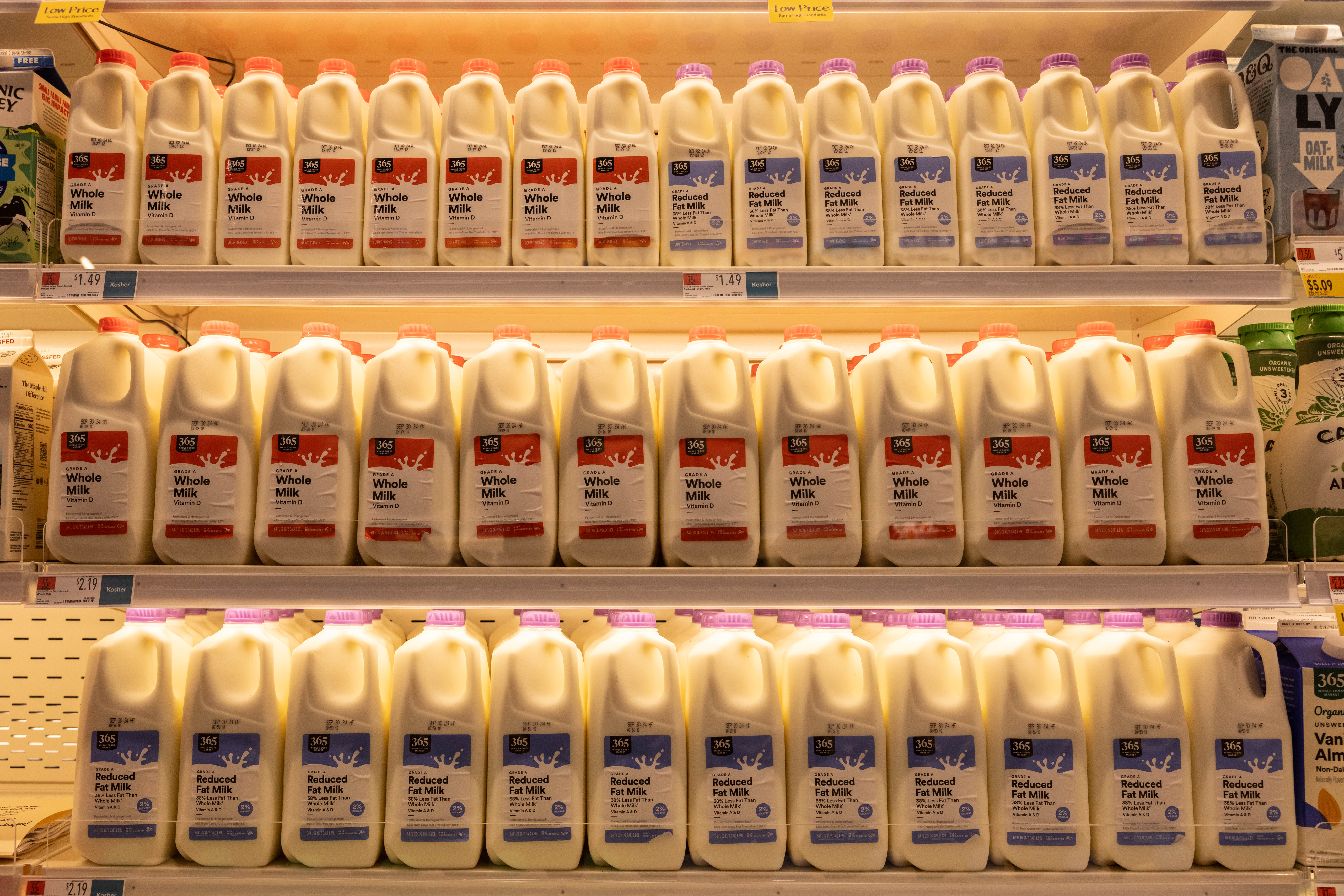
Bottles of milk for sale in a Whole Foods Market Daily Shop in New York on September 17, 2024 | Source: Getty Images
Milk allergies are
most common in young children
, whose digestive systems are still developing. Fortunately,
many will outgrow the allergy
, but some will carry it into adulthood, where
daily vigilance becomes a way of life
.
For infants,
breastfeeding or hypoallergenic formulas
are typically recommended. In some cases, even
nursing mothers must eliminate dairy
from their own diets if cow’s milk proteins pass through breast milk and cause symptoms.
Eating out? That brings another layer of risk.
Experts urge families
to
ask detailed questions at restaurants
, since
steak, seafood, and other dishes may be prepared with hidden butter
.
And for those with
severe allergies
, one mistake can be deadly. That’s why it’s
critical
to
carry emergency epinephrine (like an EpiPen), wear a medical alert bracelet or necklace, a
nd make sure others around you are
aware of the condition.
Living with a milk allergy doesn’t just mean avoiding dairy—it can also mean
nutritional deficiencies
, especially in
calcium
,
vitamin D
, and other essential nutrients. Doctors recommend working with a
healthcare provider or dietitian
to build a safe and balanced diet, possibly with supplements to fill in the gaps.
But it’s not just physical—there’s also an
emotional toll
. Constant label reading, menu anxiety, and fear of cross-contamination can be
mentally exhausting
, especially for families with small children.
Still, experts insist there is hope. With
proper education
,
careful planning
, and
unrelenting vigilance
, people living with milk allergies can lead
safe, happy, and healthy lives
—but they can
never let their guard down.
Listeria Scare in the Produce Aisle: Walmart Broccoli Recalled Across 20 States in Class I Health Emergency
Just when shoppers thought they were making a
healthy choice
, a terrifying new threat emerged from the produce aisle.
As we also previously reported,
a
Class I FDA recall
—the
most serious category of food safety warning
—was issued for
Marketside Broccoli Florets (12 oz.)
, sold at
Walmart stores across 20 states
, after
tests revealed
potential contamination
with
Listeria monocytogenes, a
deadly bacteria
.
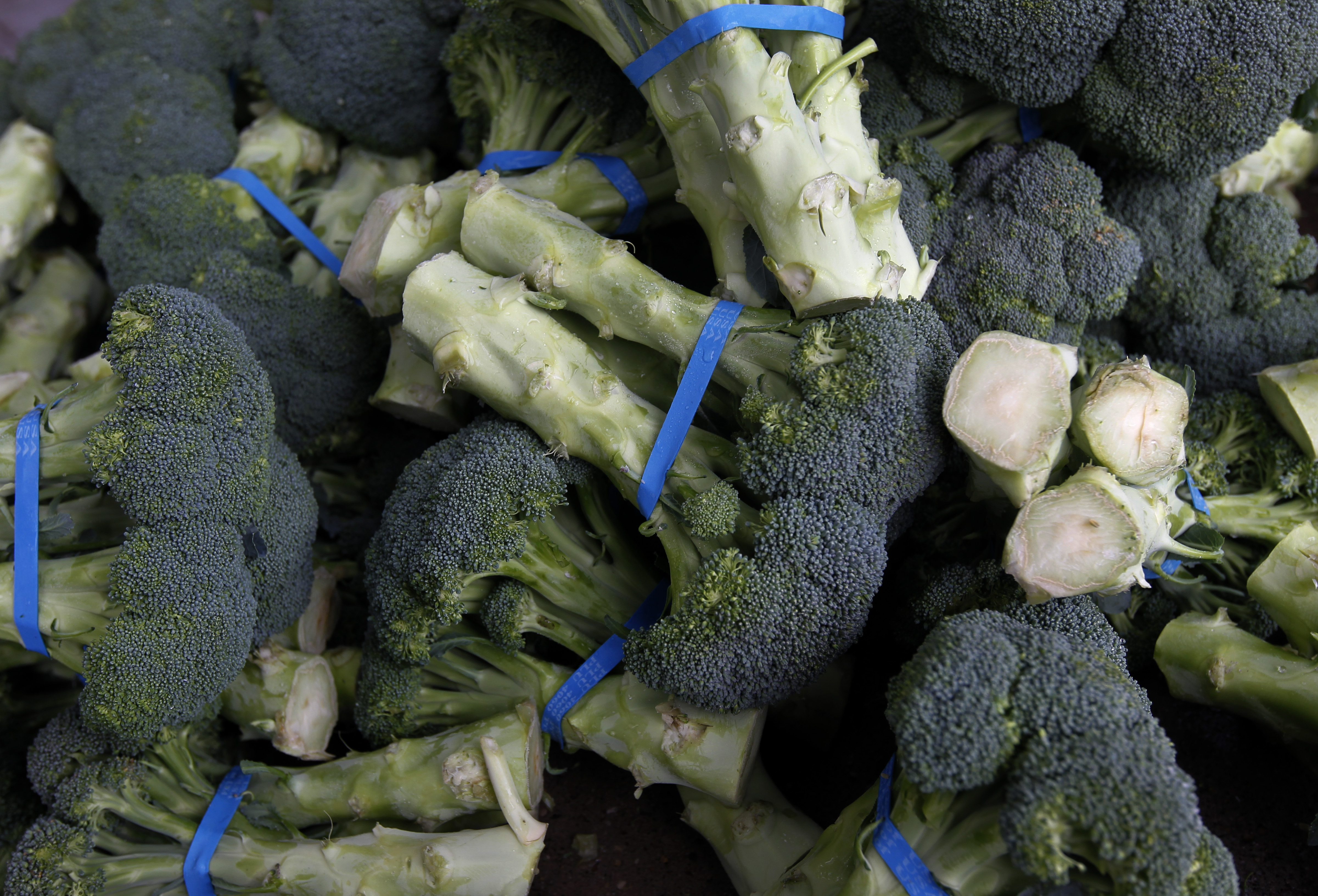
A stack of broccoli | Source: Getty Images
The recall, initiated by
Braga Fresh Foods LLC
on
December 27, 2024
, affected
5,918 cases
of prepackaged broccoli marked
“BEST IF USED BY DEC 10 2024” with the code: BFFG327A6 13:56.
The threat came to light after
Texas Health & Human Services
conducted
random testing at a Walmart location
—and found that
one of the samples tested positive
for the bacteria.
So far,
no illnesses
had been reported
, but the warning was clear:
Do not take chances
.
According to the FDA
, a
Class I recall
means there is a
“Reasonable probability that the use of, or exposure to, a violative product will cause serious adverse health consequences or death.”
Listeria monocytogenes
isn’t just another foodborne bug—it’s a
potentially deadly pathogen
, especially for y
oung children, older adults, and people with weakened immune systems.
Symptoms include
fever, severe headache, nausea, abdominal pain
, and
diarrhea
. But for pregnant women, the risks are
far more devastating
—
Listeria can cause miscarriages, stillbirths, or premature labor.
That’s why health officials urged
extreme caution
for anyone who purchased broccoli florets from Walmart in these
20 states
:
Alaska, Arkansas, Arizona, California, Colorado, Idaho, Illinois, Indiana, Kentucky, Louisiana, Michigan, Montana, Nevada, Ohio, Oklahoma, Oregon, Texas, Utah, Washington, and Wyoming.
Shoppers who found the affected product in their refrigerators were urged
not to consume it and immediately discard or return it to the store.
Braga Fresh Foods stated it
alerted retailers directly
via email, phone, press releases, and in-person visits.
The
FDA has continued to monitor the situation
, which remains
active and ongoing
.
Organic Horror: Baby Carrots Spark Deadly E. Coli Outbreak—39 Sick, 15 Hospitalized, 1 Dead as ‘Healthy’ Snack Turns Sinister
Just when American families thought
organic meant safe
, an outbreak turned their produce drawers into a potential
biohazard zone
.
On
November 17, 2024
, the
Centers for Disease Control and Prevention (CDC)
and the
FDA
sounded the alarm: a
dangerous
E. coli outbreak
had been traced to
organic carrots
—both
whole
and
baby-sized
, in various packaging—and sold under some of the most trusted supermarket brands in the country.
The carrots were distributed by
Grimmway Farms
, a major supplier whose products span national chains. Although the company issued a
recall on November 16
, the CDC warned that
many bags may still be sitting in consumers’ refrigerators
, undetected and deadly.
Consumers were
urgently advised
to inspect their fridges, discard or return any affected carrots, and
sanitize all surfaces
that may have come into contact with the tainted produce.

A close-up photo of a Grimmway Farms information label in Lafayette, California on November 17, 2024 | Source: Getty Images
The
contaminated carrots
were sold under a sprawling
list of brands
, including,
365, Bunny Luv, Cal-Organic, Compliments, Full Circle, Good & Gather, GreenWise, Marketside, Nature’s Promise, O-Organic, President’s Choice, Raley’s, Simple Truth, Sprouts, Trader Joe’s, Wegmans,
and
Wholesome Pantry.
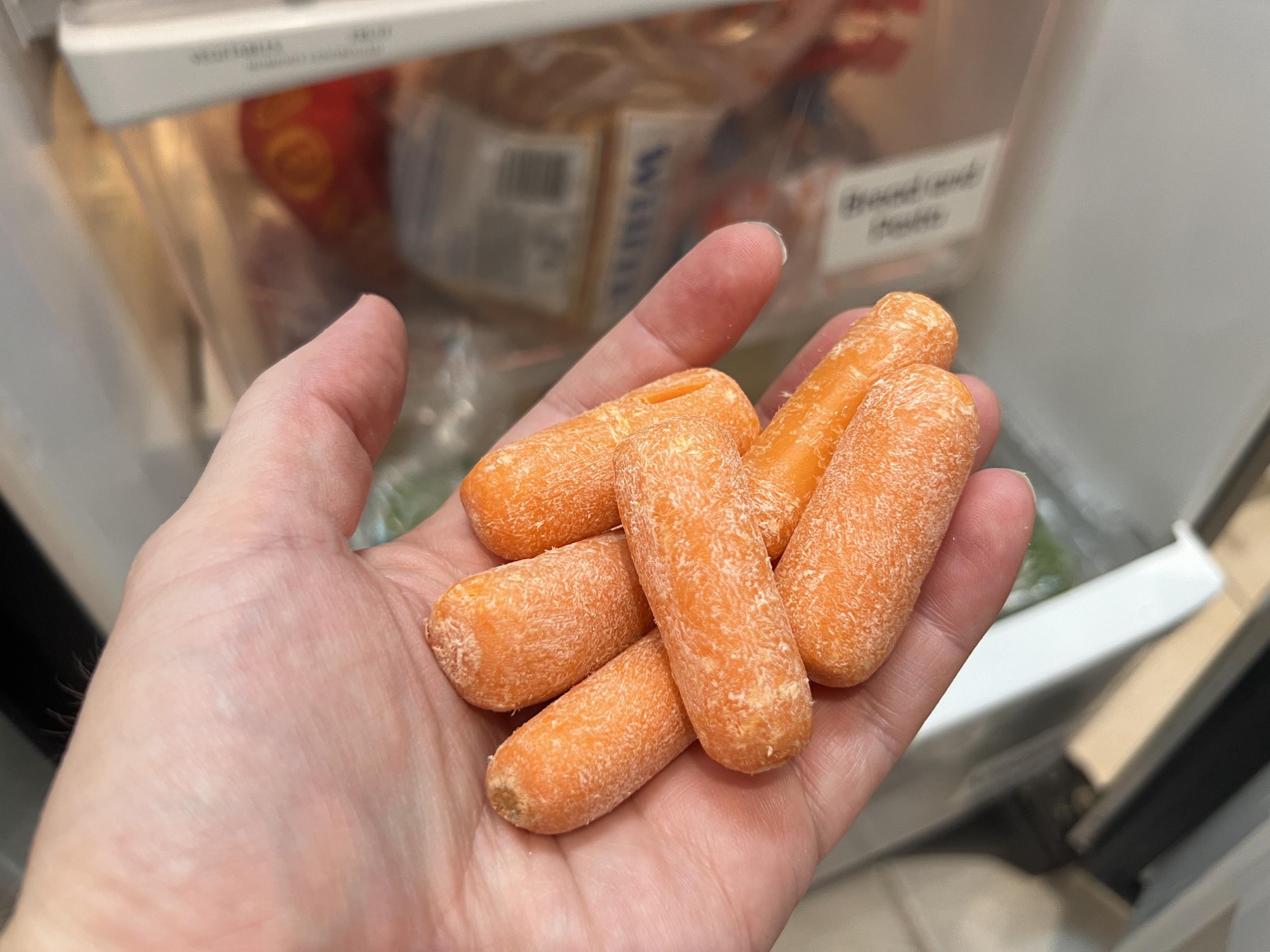
An individual holding a bunch of baby carrots from their fridge in Lafayette, California. | Source: Getty Images
The
recalled baby carrots
had “best if used by” dates ranging from
September 11 to November 12
, while the
whole organic carrots
—though undated—were sold between
August 14 and October 23
.
Though shelves may now be cleared, the CDC stressed that
the danger may still be in homes across America.
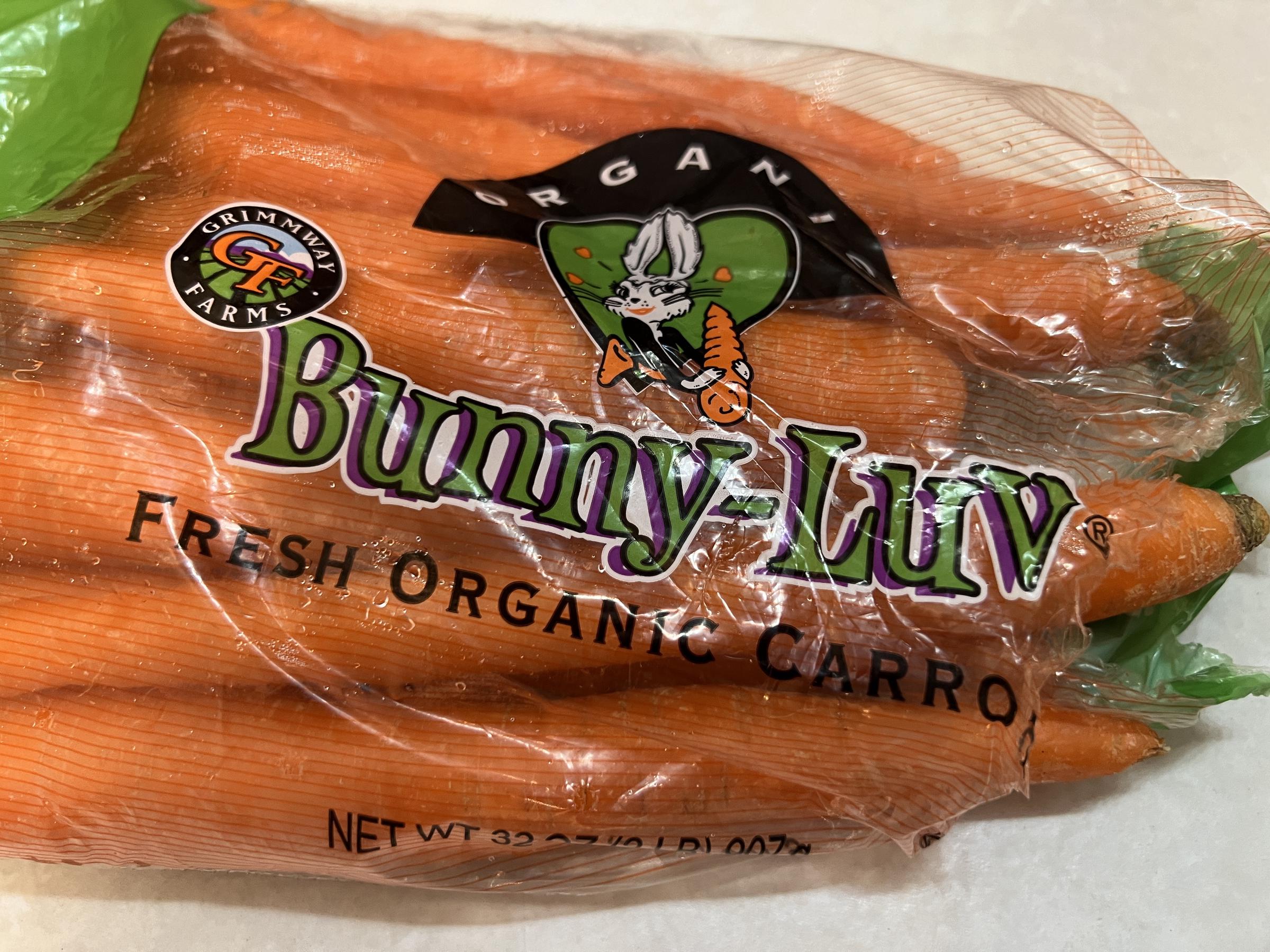
A close-up photo of a packet of Bunny Luv organic carrots from Grimmway Farms in Lafayette, California. | Source: Getty Images
The
E. coli outbreak
had wreaked havoc across
18 U.S. states
, with
39 reported illnesses, 15 hospitalizations,
and
1 confirmed death.
The most affected states included:
Minnesota, New York, and Washington
, with additional cases reported in
Arkansas, California, Colorado, Massachusetts, Michigan, Missouri, North Carolina, New Jersey, Ohio, Oregon, Pennsylvania, South Carolina, Texas, Virginia, and Wyoming
.
Interviews
with 27 of the sickened individuals revealed a chilling common thread—
26 of them (96%) had consumed carrots
in the week prior to becoming ill, cementing the connection between the product and the outbreak.
A
CDC
case count map
confirmed
cluster outbreaks
in key regions and warned of a
wider, scattered spread
across several other states.
A Killer Strain: What Is E. Coli O121:H19—and Why It’s So Deadly
Lab testing confirmed the recalled carrots were tainted with
Shiga toxin-producing Escherichia coli (E. coli) O121:H19
—a
highly
dangerous strain
known to cause
severe and sometimes fatal illness
.
This
particular variant
is considered
especially threatening
to
young children, the elderly, and people with weakened immune systems.
Even healthy individuals can experience symptoms like
intense abdominal cramps
,
bloody diarrhea
,
fever
,
nausea
, and
vomiting
—with complications potentially leading to
life-threatening kidney failure
.
In
severe cases
, an E. coli infection can lead to
hemolytic uremic syndrome
(
HUS
)
, a
serious complication that causes kidney failure
and, in some instances,
death
.
Symptoms
typically appear
three to four days after exposure
, and can hit suddenly and violently. The
CDC lists the most common early signs
as
intense stomach cramps, bloody diarrhea, fever, nausea, and vomiting.
Most people will recover
within five to seven days
without medical intervention. But for some—especially young children and the elderly—
the infection can spiral into a medical emergency
, requiring hospitalization.
The CDC urges
anyone
experiencing severe symptoms such as
dehydration
,
persistent diarrhea
, or a
fever over 102°F
to seek
immediate medical attention.
Escherichia coli
, commonly known as
E. coli
, are bacteria naturally found in
food, water
, and even the
intestines of humans and animals
.
While most strains are harmless—and even help with
digestion
and
vitamin production
—certain types, like the one found in the
recalled carrots
, are
dangerously toxic
.
Infection occurs when people ingest the bacteria through
contaminated food, unwashed produce, undercooked meats,
or
direct contact with infected people, animals, or surfaces
The risk is especially high for
children under 5, adults 65 and older,
and
international travelers
with limited exposure immunity.
To help consumers guard themselves against future outbreaks, the CDC has shared an array of
critical prevention tips
, emphasizing
kitchen cleanliness
,
proper food handling
, and
cooking vigilance
.
1. Wash hands frequently.
Scrub with soap and water for
at least 20 seconds
—especially after handling raw meat, using the bathroom, or prepping food.
2. Sanitize surfaces and tools.
Cutting boards, knives, countertops, and sinks should be cleaned with
hot, soapy water
between each use.
3. Rinse fresh fruits and vegetables.
Even organic produce can harbor bacteria—
always rinse under running water
before eating or cooking.
4. Separate raw and ready-to-eat foods.
Keep
meat, poultry, seafood, and eggs
isolated. Use
different cutting boards
to avoid cross-contamination.
5. NEVER wash raw chicken.
The CDC warns that rinsing chicken can
spread bacteria
across kitchen surfaces via water droplets.
6. Cook food to the proper internal temperature.
Use a food thermometer—don’t guess. The CDC recommends:
145°F
for whole cuts of meat,
160°F
for ground meats, and
165°F
for poultry and leftovers.
7. Refrigerate perishables promptly.
Store leftovers within
2 hours
(or
1 hour
if it’s over 90°F). Keep your fridge at
40°F or below
.
8. Avoid unpasteurized milk and juice.
These can harbor dangerous bacteria like E. coli, especially for children and the immunocompromised.
9. Be cautious around animals.
E. coli can be contracted from petting zoos, farms, and backyard animals. Wash hands after every interaction.
10. Stay informed about food recalls.
Check the FDA and CDC websites regularly to ensure your groceries aren’t part of any
active contamination warnings
.
Other essential precautions include ensuring
access to safe,
treated drinking water
, especially during
camping trips, hikes, or international travel
—where contaminated water can quietly become a
breeding ground for deadly bacteria
.
Even swimming isn’t without risk. Experts advise the public to
avoid swallowing water
while in
lakes, ponds, or pools
, and to
never swim while experiencing diarrhea
, a major culprit in the
silent spread of E. coli
.
And when it comes to the grocery aisle,
not all beverages are created equal
. The CDC urges consumers to
only drink milk, juices, and dairy products that are clearly labeled as
pasteurized
. This vital process
kills harmful pathogens
, including E. coli, and
protects vulnerable groups
—from young children and the elderly to pregnant women and the immunocompromised.
By following these
critical safety steps
, individuals can
drastically lower their risk of infection
, safeguard their families, and navigate today’s growing food safety landscape with confidence.
Because in an era of
invisible contamination and unexpected recalls
,
vigilance isn’t optional—it’s essential.
